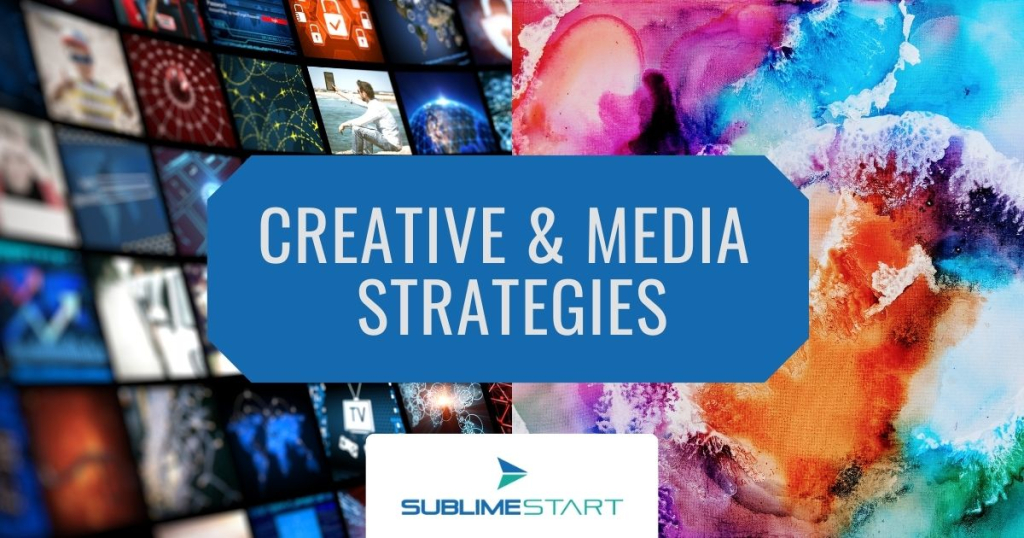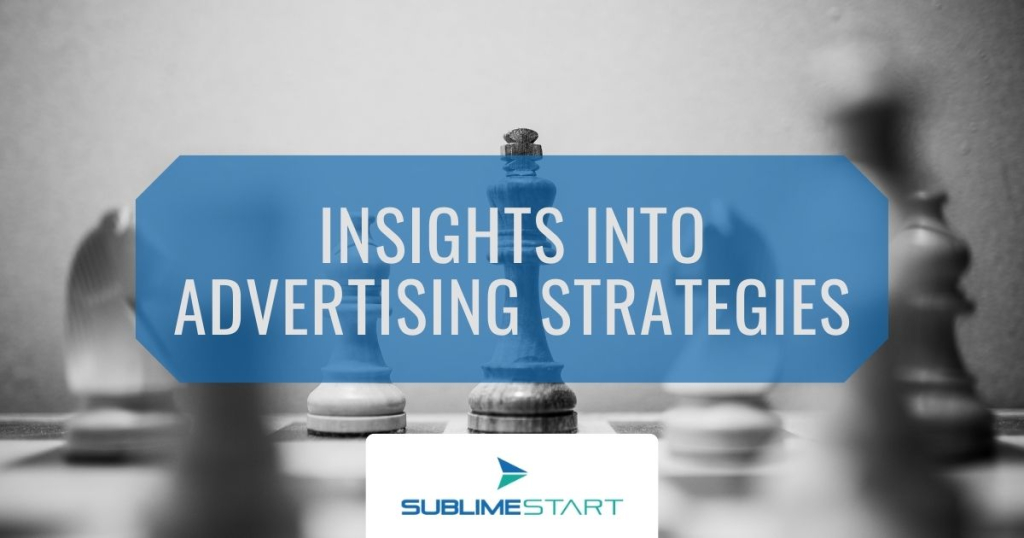Creative and Media Strategy: Quick Overview
How to use a creative and media strategy?
In order to create a successful marketing campaign, it’s important to have a strategy that incorporates both buying strategy and creative concepts. However, it’s not enough to simply divide responsibilities between the two areas and work in silos. Instead, the key is to intertwine both disciplines until they become one.
Each area can contribute to the other, both areas can work together to create a cohesive and effective marketing campaign that works for your target audience. One of the main benefits of this approach is that it avoids one discipline dictating the other. For example, if YouTube is to advertise on you don’t want to have a text advertisement made. Next to this, by working closely together, both areas can respond quickly to new advertising insights.
In summary, the best way to approach buying strategy and creative concepts is to work collaboratively and intertwine the two disciplines until they become one. By doing so, you can create a cohesive and effective marketing campaign that resonates with your target audience and drives results for your business or organization.
What is a creative strategy?
A creative strategy is a plan that outlines how a company or organization will use creative elements to achieve its marketing or advertising goals. The creative strategy delves into the visual language and messaging representing the brand, product, or service. The creative strategy aims to create a design that will resonate with the target audience.
Businesses and organizations can use several types of creative strategies to achieve their marketing goals. These include:
- Video: Video is a powerful tool that can be used to tell stories, showcase products or services, and engage with audiences. Video options include explainer videos, product demos, customer testimonials, and more.
- Text: Text-based creative strategies can include blog posts, social media updates, email newsletters, and messaging. Text can effectively provide information, build trust with audiences, and establish thought leadership within a specific industry or niche.
- Images: Images can effectively capture attention and convey information quickly. Options include infographics, memes, graphics, and more.
Each type of creative strategy can be used in isolation or combined with others to create a cohesive and effective marketing campaign (for example, an image with a caption).
Design and creative skills within creative strategy
Design and creative skills are crucial for developing the visual elements of the creative strategy, including graphics, typography, color schemes, and imagery. These elements work together to convey the brand message and create a memorable and impactful experience for the audience.
In addition to visual elements, creative skills also include copywriting and storytelling. Effective copywriting and storytelling can help to establish emotional connections with the audience and communicate the brand message in a compelling and engaging way.
What is a media strategy?
A media strategy is a plan that outlines how a business or organization will use forms of media to reach and engage with its target audience. The media strategy focuses on the distribution channels and platforms that will effectively reach the target audience. The media strategy determines the “where” and “when” of that message delivery.
Examples of media types are:
- Social media advertising: Facebook, Instagram, Twitter, YouTube, Television, and LinkedIn
- Display advertising: Ads on websites, blogs or other digital media. For example, through Google Display Advertising
- Paid search advertising: Search engine results pages (SERPs) based on the keywords.
Television ads are one of the traditional types of advertising. Other traditional types of media include print ads, billboards and radio ads.
When creating a media strategy, it is important to analyze where the audience is consuming content and identify the best platform that fits your budget and goal. You can also choose several media and optimize for the better one.
Continuity in media strategy
Continuity in media strategy refers to the planning and execution of a consistent and cohesive message across multiple channels and over a period of time. It involves creating a sustained effort to deliver the message to the target audience, rather than relying on a one-time event or promotion.
When creating a media strategy, it’s important to consider the continuity of the campaign. Different types of media have different characteristics, such as size, length, and unique schedules. As a result, it’s necessary to use different methods of delivering marketing messages to ensure maximum effectiveness. Examples include seasonality, pulsing, and saturation.
- Seasonality is a method of sending messages only at certain times of the year when they are most relevant to the audience. With this strategy you focus your efforts on the season when the product or service is most in demand.
- Pulsing here a you advertise sending a large number of messages and periods of time with few or no messages. This method is beneficial for campaigns that require a sustained effort over a longer period of time.
- Saturation is simply flooding the audience with the message, sending it as often and through as many channels as possible. This method can be effective in building brand awareness and driving sales, especially when used in conjunction with other methods. However, it’s important to be careful not to overwhelm the audience with too many messages, as this can lead to disengagement and negative associations with the brand.
In summary, a successful media strategy should consider the continuity of the campaign and use different methods of delivering marketing messages to ensure maximum effectiveness. By considering factors such as seasonality, pulsing, and saturation, businesses and organizations can create a well-rounded and effective media strategy that resonates with their target audience and drives results.






